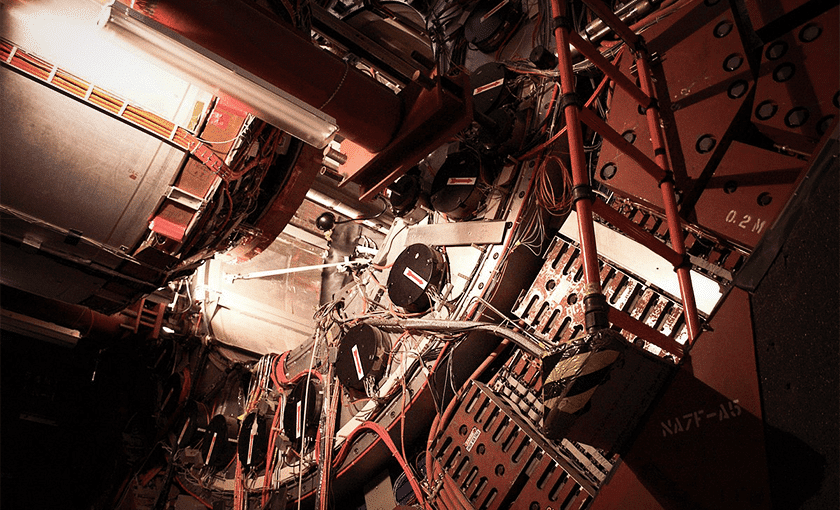- Innovative solution to contain volatile particles.
When Stanford University developed the Stanford Linear Accelerator Center (SLAC) the challenges were many. Chief among them was how to build a perfectly straight, two-mile structure. Another challenge was to contain the volatile particles that would be released on impact, some of which were not scientifically known. Sundt’s innovative idea was to use 16-inch vertically stacked battleship gun barrels filled with lead inside the cast-in-place concrete walls to prevent the particles from escaping.
The groundbreaking structure has helped SLAC scientists win three Nobel prizes in physics. Soon after the new accelerator reached full operation, a research team including SLAC and Massachusetts Institute of Technology physicists used the electron beam to discover that protons in the atomic nucleus were composed of small entities called quarks.
